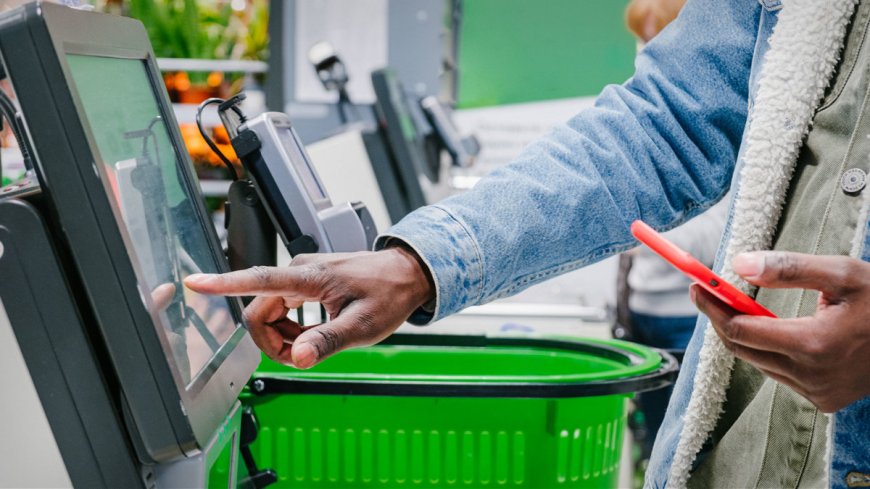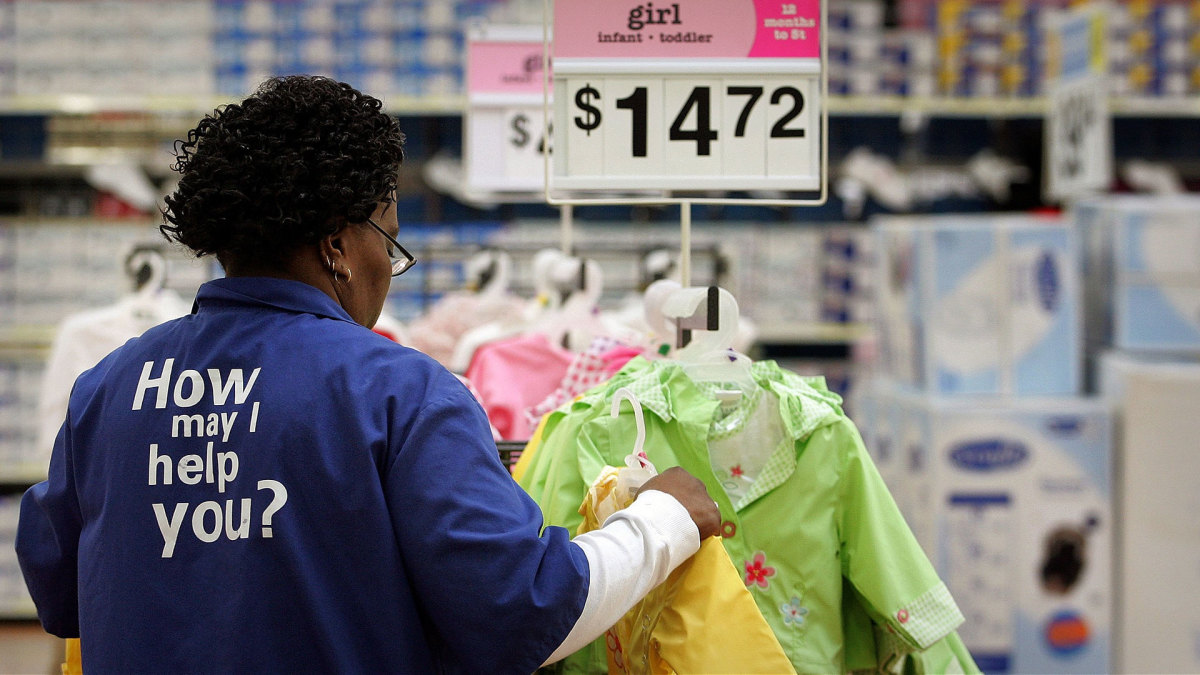Walmart ends self-checkout theft-prevention test
The retailer has struggled with how to use self-checkout and keep customers from stealing.

Self-checkout enables retailers to cut back on labor.
The chains never say they're doing this, of course. Companies love to say that they're moving cashiers to other positions, but at the end of the day, self-checkouts are usually part of a plan to lower labor costs.
Assigning fewer staff and enabling/forcing customers to scan their own items come with a different set of problems. Customers find it easier to shoplift by "accidentally" not scanning certain items. And some customers make honest errors working with the scanners.
Related: Costco shares news on its next membership fee increase
This gray area makes enforcement difficult. Retailers may have a pretty good idea that someone intentionally did not scan certain items, but proving this is difficult. In addition, many retail chains lack the security personnel they'd need to lawfully accuse someone of stealing and detain them for the authorities.
Theft at self-checkout is real, and the people who do it are likely to do it again, according to a recent Lending Tree survey of 2,000 Americans.
While not many Americans admit to stealing via self-checkout, those who do don’t necessarily plan to stop. 15% of self-checkout users confess to purposely stealing. While 60% of those who have stolen felt remorseful and 33% say they’ve been caught, 44% say they’ll likely do it again. Although 79% of self-checkout users diligently ensure each item scans, 21% admit to accidentally taking an item — and guilt didn’t get the better of the 61% who kept it anyway.
It's a situation that has retailers including Target and Dollar General either placing item limits on self-checkout or cutting back on it altogether. A number of retailers have also tried various high-tech solutions as well as the old-school setup of having someone check receipts as people leave their stores. Image source: Tim Boyle/Getty Images
Walmart tries a technology solution
In theory, the manual process of checking receipts can be automated, since every item Walmart (WMT) sells must have an RFID (radio-frequency identification) tag.
"Suppliers are required to attach RFID tags to each individual product. These tags contain unique identifiers and essential information about the product," Avery Dennison says, explaining Walmart's policy. "Suppliers must provide accurate and up-to-date data related to the product. This ensures that Walmart has real-time visibility into inventory levels."
That technology could be used to check whether customers have paid for every item with which they leave a store. It's the same technology at the base of Amazon Go stores, where customers don't have to check out at all. They enter using the Amazon app with a credit card on file, pick up what they want and leave.
It seemed like a smart way to force people to pay for their purchases because they would know that any items not scanned would be detected.
But those efforts clearly did not work as Walmart has dropped its test of using RFID to prevent theft at self-checkout.
Walmart ends its RFID experiment
Walmart tested a different kind of self-checkout at a location near its Bentonville, Ark., headquarters.
Customers at that store had the opportunity to scan their items and then place their carts inside a blue square next to a machine. Once they did that, the machine used RFID to ensure that the shoppers had paid for all the items in their carts. After the purchases were verified, the customers had the option to move to a bagging station to pack up their purchases.
"A Walmart spokesperson did not comment on why the pilot of the automated receipt check machine ended in late January but noted that the retailer will use its findings from the test as it continues to try out more innovations," Retail Dive reported.
Adding steps to self-checkout, even quick ones, seems like something customers would push back on.
That's especially true when Amazon's checkout-free system has become more common in airports and arenas. In addition, retailers including Circle K have been using a sort of hybrid system where purchases are simply placed in an area where they are scanned without the customer needing to find a barcode.
Related: Veteran fund manager picks favorite stocks for 2024
What's Your Reaction?


























































